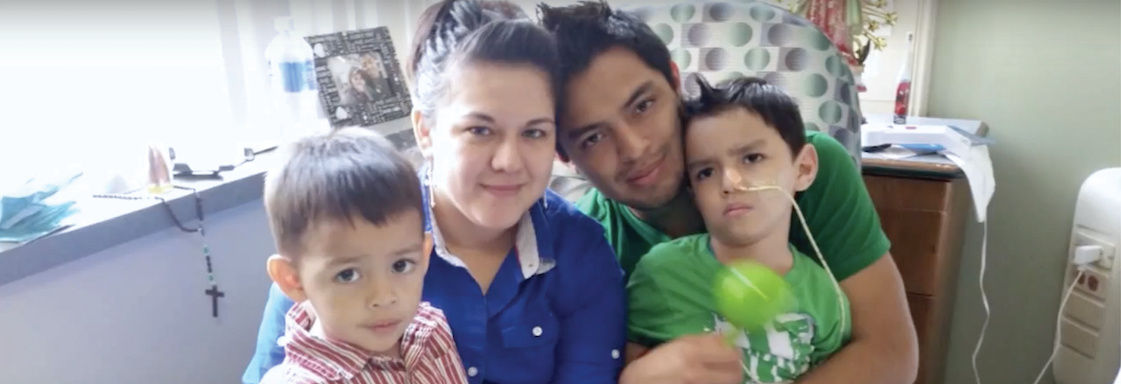Sometimes, the smallest incidents have the most significant impact on our lives. For little Ikem, swallowing a grape whole changed his and his family’s lives forever.
It was an ordinary afternoon when Ikem went to the fridge to grab a snack. He grabbed some grapes and put one grape in his mouth, took a step, and quickly grabbed his throat. His mouth started turning purple.
His family rushed him to the hospital only a few minutes away. When they arrived, the doctors and nurses frantically brought all kinds of machines to save the little boy.
After a week in the intensive care unit, the doctor said, “Your boy opened his eyes, but he is not reacting as we hoped. There is no activity in his brain.”
An anoxic brain injury caused the lack of brain activity; this occurs when oxygen levels are dangerously low for four minutes or longer. It took Ikem’s family five minutes to get to the hospital.
Types of Anoxic Brain Injuries
There are four types of anoxic brain injuries. Each can cause significant brain trauma and result in loss of speech, movement, and cognitive processing. After Ikem suffered an anoxic brain injury, he could not express his feelings or thoughts, could not move his limbs, and had trouble holding his head up.
- Anemic anoxia: Occurs when blood does not carry enough oxygen to the brain. Some forms of lung disease can cause low blood oxygen levels because the lungs cannot process oxygen properly. The brain will not receive enough oxygen to perform vital functions despite normal blood flow. Chronic anemia, acute hemorrhage, and carbon monoxide poisoning can also cause anemic anoxia.
- Toxic anoxia: Occurs when toxins prevent efficient blood oxygen use. Carbon monoxide poisoning is a common cause of toxic anoxia.
- Stagnant anoxia: Occurs when a specific condition blocks oxygen-rich blood from reaching the brain. Strokes, cardiac arrhythmia, and cardiac arrest can all cause stagnant anoxia.
- Anoxic anoxia: Occurs when there isn’t enough oxygen in the air. Most often, this occurs at extremely high altitudes.
Symptoms of Anoxic Brain Injuries
A mild anoxic brain injury can result in problems with concentration, coordination, and short-term memory. Patients may experience headaches, light-headedness, shortness of breath, and increased perspiration.
A severe anoxic brain injury, like Ikem’s, can result in a coma or vegetative state. In a vegetative state, a patient may be able to breathe, maintain a heartbeat, blink, digest food, and urinate without assistance. A severe anoxic brain injury might occasionally cause a patient to transition between a coma and a vegetative state.
Treatment for Anoxic Brain Injuries
Treatment for anoxic brain injuries almost always involves medical rehabilitation. Many patients will work to re-learn how to communicate, move their limbs, walk, and perform essential daily functions.
Ikem’s family sought rehabilitation at CRIT, where he has grown stronger. With the help of the Lokomat (the world‘s leading robotic medical device that provides highly repetitive and the most physiological gait training), he learned how to walk independently. With the help of CRIT therapists, Ikem is learning how to become independent again.
Find Care at the Children’s Rehabilitation Institute TeletonUSA
The Children’s Rehabilitation Institute TeletonUSA (CRIT) is a 501(c)(3) non-profit organization offering comprehensive rehabilitation services for children with neurological, muscular, and skeletal disabilities. Contact us today to learn how we can help your child live a healthy and happy life after a brain injury.




